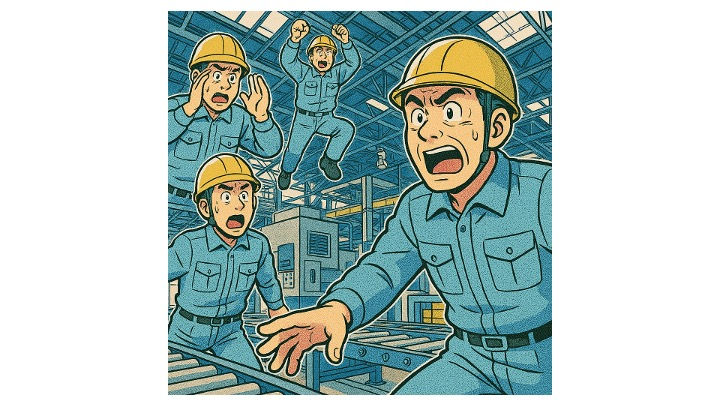A picture means a thousand words
- hidet77
- Oct 18, 2022
- 2 min read

In the original Japanese version of Taiichi Ohno’s “Toyota Production System,” the chapter called “0.1 worker is still one worker,” there was a picture. This picture was somehow eliminated from the English version…
This chapter talks about three essential concepts.
省力化; Labor Reduction
省人化; Manpower Reduction
少人化; Flexible Manpower
The picture I posted is slightly modified, as there were no pictures of the “flexible manpower.”
But what do you see?

省力化; Labor Reduction
Labor reduction happens by improving a process. Ohno is saying don’t just automate but also continue to improve until we reach the “manpower” savings. Automation is not to make people “lazy.” And he is saying to work on the process before changing the equipment.
By looking at this picture, I have other thoughts.
What about some concepts like allowances & target cycle time? My understanding is that it is against Ohno’s thinking. Why do we need such waste to hide some problems? It is the core thinking of how the shop floor mechanism should be. We must pull the Andon and get help if there is a problem. The operator should not suffer dealing with a problem.

省人化; Manpower Reduction
Manpower reduction is the next stage of labor reduction. We shouldn’t stop at labor reduction. We should continue until we reach the manpower reduction. I don’t think Ohno is saying to focus on one process. Instead, Kaizen processes and then balances the work to take manpower out.
This picture also made me think.
What about “Bottleneck” thinking? A bottleneck is a barrier to the entire flow to accomplish output. But we should be able to balance the work. Very often, I hear to focus of the Kaizen on the bottleneck. But we should be doing the Kaizen everywhere to balance the burden of the bottleneck to other processes. Of course, some technologies become a bottleneck. In such cases, the specialist should focus on their improvement effort.

少人化; Flexible Manpower
Flexible manpower is a line designed to adjust its manpower according to the demand. Although accounting treats labor as a variable cost, a significant amount of work is not as flexible. A flexible manpower line requires 1. a large island layout, 2. multi-skilled operators, and 3. multi-skilled managers who can oversee multiple types of processes. Without all three conditions, a flexible manpower line will not function.
The extra labor in this flexible manpower line needs attention. The operator needs to be highly skilled to function as flexible manpower. Such operators will NOT pop up suddenly when you need them. The best preparation for such a system is not to fire the people when accomplishing the manpower reduction. Instead, the extra labor can support Kaizen, train other operators, or do other tasks. Rushing to cut manpower from the operations might provide cost reduction for the short term but not flexibility. Reduction of manpower beyond natural turnover should be approached with caution. Processes should be designed with less labor in mind but keeping the worker for the future needs to be balanced.
A picture means a thousand words. The original book had many illustrations. It is probably because the author thought some concepts require an additional explanation from the visuals. Words are not enough. Yet, when this book was translated, pictures were eliminated.



Comments